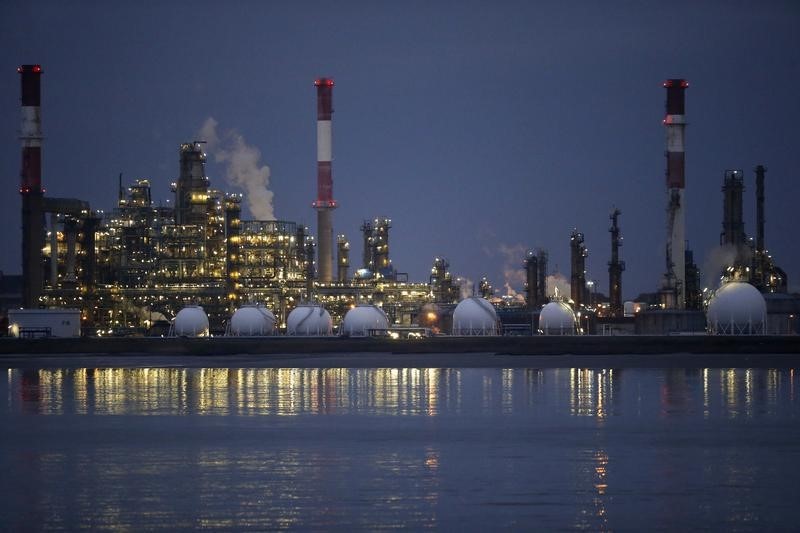Investing.com’s stocks of the week
By Barani Krishnan
Investing.com - Norway, Western Europe’s largest oil producer, said on Thursday it was joining OPEC and rest of the world in output cuts, giving crude prices double-digit gains for a second day as bulls in the market bet on demand recovery from the coronavirus pandemic.
West Texas Intermediate, the New York-traded benchmark for U.S. crude, still ended April with a monthly loss after its previous front-month contract fell to subzero levels last week.
But Brent, the London-traded global benchmark for oil, posted double-digit gains for April, in a sign that the worst may be behind energy markets.
“I’d say that as much as we should not underweight the fundamentals, we should not underestimate the firepower of charging bulls who have long been waiting to action that buy button,” said Igor Windisch at the Geneva-based IBW Oil Brief.
“But I would stay cautious. As of tomorrow, OPEC+ cuts will start to bring support to prices. But for how long? How much of those cuts are already priced in? I would say all of it.”
June WTI settled up $3.78, or 25%, at $18.84 per barrel. For the month, it fell 8%.
July Brent closed up $2.25, or 9%, at $26.48. It rose 16% for April.
Both WTI and Brent prices have rallied since Tuesday. The New York-traded benchmark jumped 25% in the previous session, powered by optimism over the relative success of clinical trials for potential Covid-19 drug, remdesivir, and a smaller-than-expected build in U.S. crude stockpiles for last week. The U.K. oil gauge rose nearly 7% on Wednesday, tracking WTI’s gains.
Thursday’s run-up came after Norway said it will cut output by 250,000 barrels daily in June and 134,000 barrels per day in the second half of the year.
OPEC, meanwhile, has a target to reduce 9.7 million bpd from global supply.
The cuts have reduced market fears that space for storing oil in both the United States and the world may be running out. The Cushing, Okla. hub for WTI physical deliveries has been reported to be weeks away from hitting capacity while global oil tanker operators say few VLCCs, or Very Large Crude Carriers, are left with leasing space.
Yet, the Trump administration provided some relief to U.S. producers to store immediate supplies of oil that the market had little need for, by providing nine companies leasing space for 23 million barrels in total in underground salt caverns owned by the government’s Strategic Petroleum Reserve. The companies that got the reprieve were Chevron (NYSE:CVX), Exxon Mobil (NYSE:XOM), Alon USA, Atlantic Trading, Energy Transfer (NYSE:ET), Equinor Marketing & Trading, Mercuria Energy, MVP Holdings and Vitol.
Also on the oil companies front, Chesapeake Energy (NYSE:CHK), which was at the forefront of the U.S. shale boom of the past decade, was preparing a potential bankruptcy filing, Reuters reported. If true, it would be the second bankruptcy filing by a major U.S. energy company — after Whiting Petroleum’s in early April — inflicted by the Covid-19 crisis.
Production cuts notwithstanding, storage concerns continued to weigh on markets with the International Energy Agency warning that global capacity could reach its maximum by mid-June and that energy demand could slump by a record 6% in 2020 due to lockdowns.
“If the already-stretched storage capacity is getting fuller and fuller every week, a rise in prices cannot be sustainable for long as the problem is not really resolved”, Rystad Energy’s head of oil markets Bjornar Tonhauge said.
“At around 80-90% full, traders keep on seeing the storage glass as half empty when it is not even half full. It’s close to overflowing, even at a lower speed.”
The U.S. economy, meanwhile, continues to shed jobs, with another 3.8 million Americans filing for unemployment claims for the first time last week, bringing to around 30 million the number of jobs lost to Covid-19.
